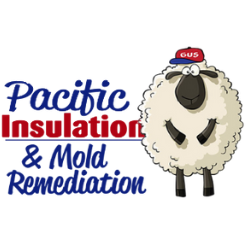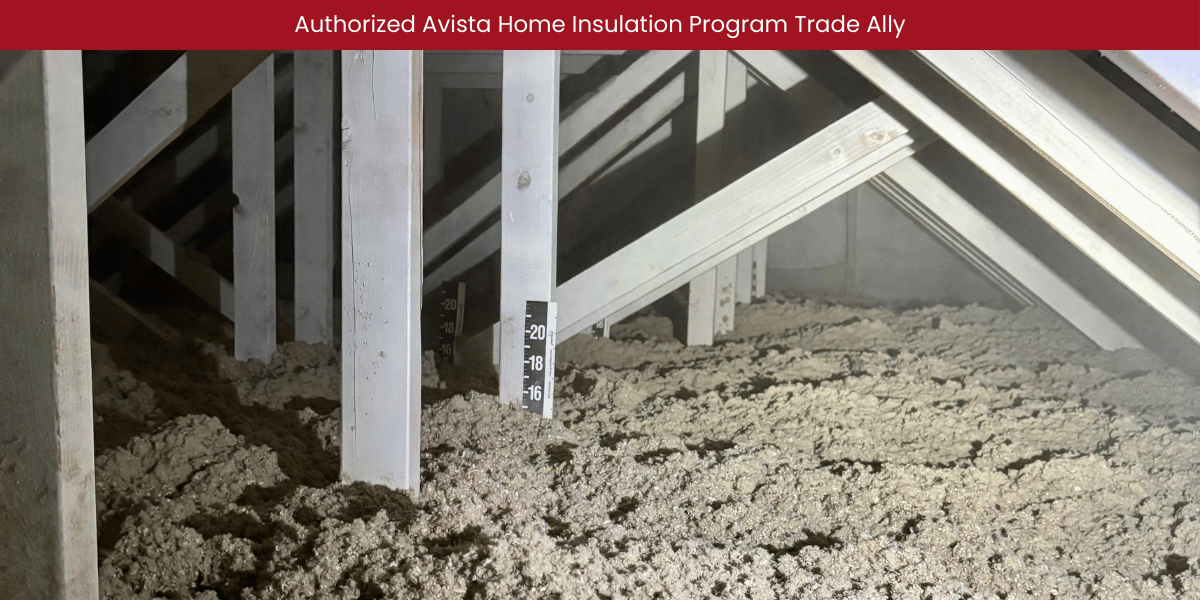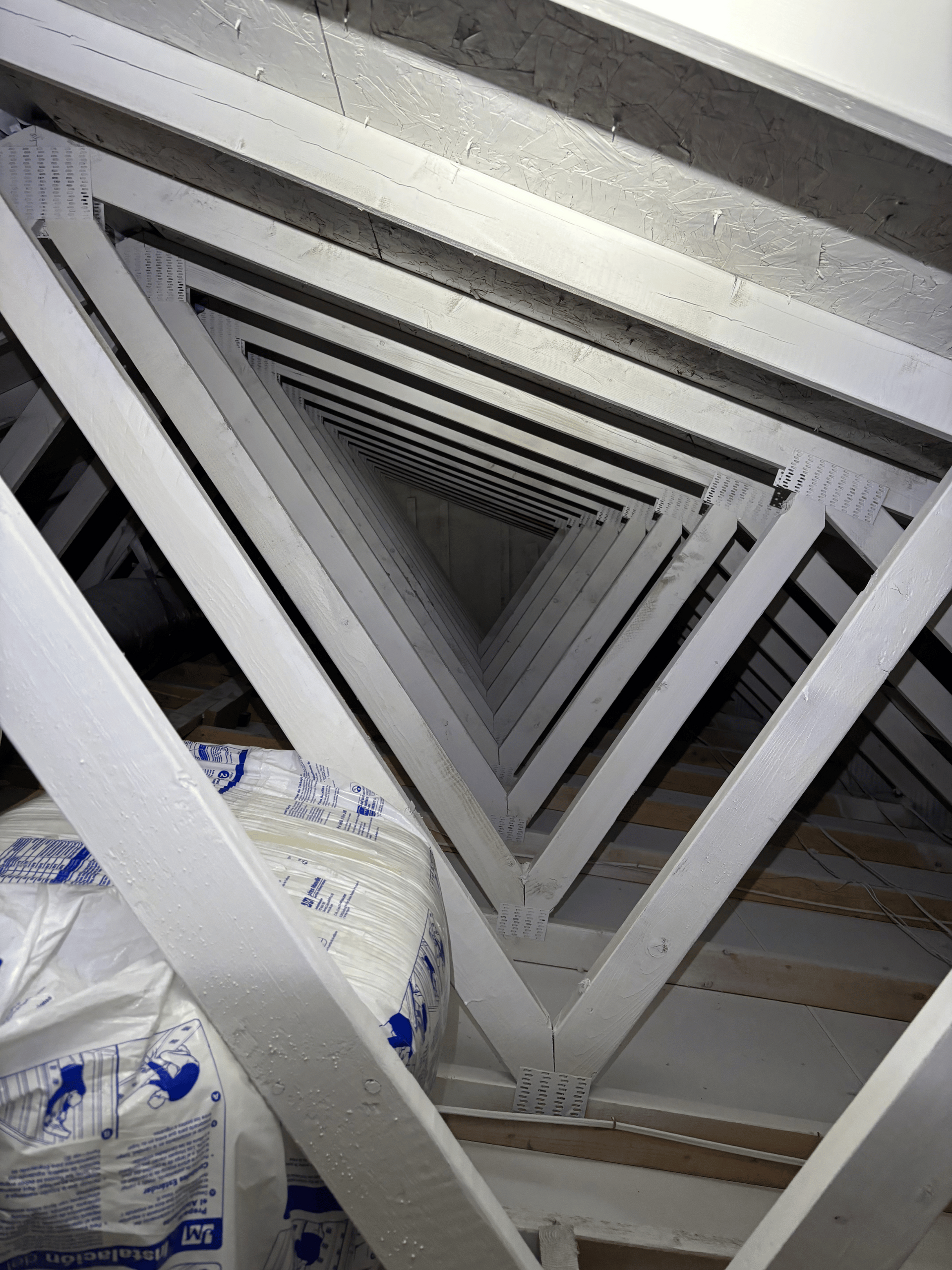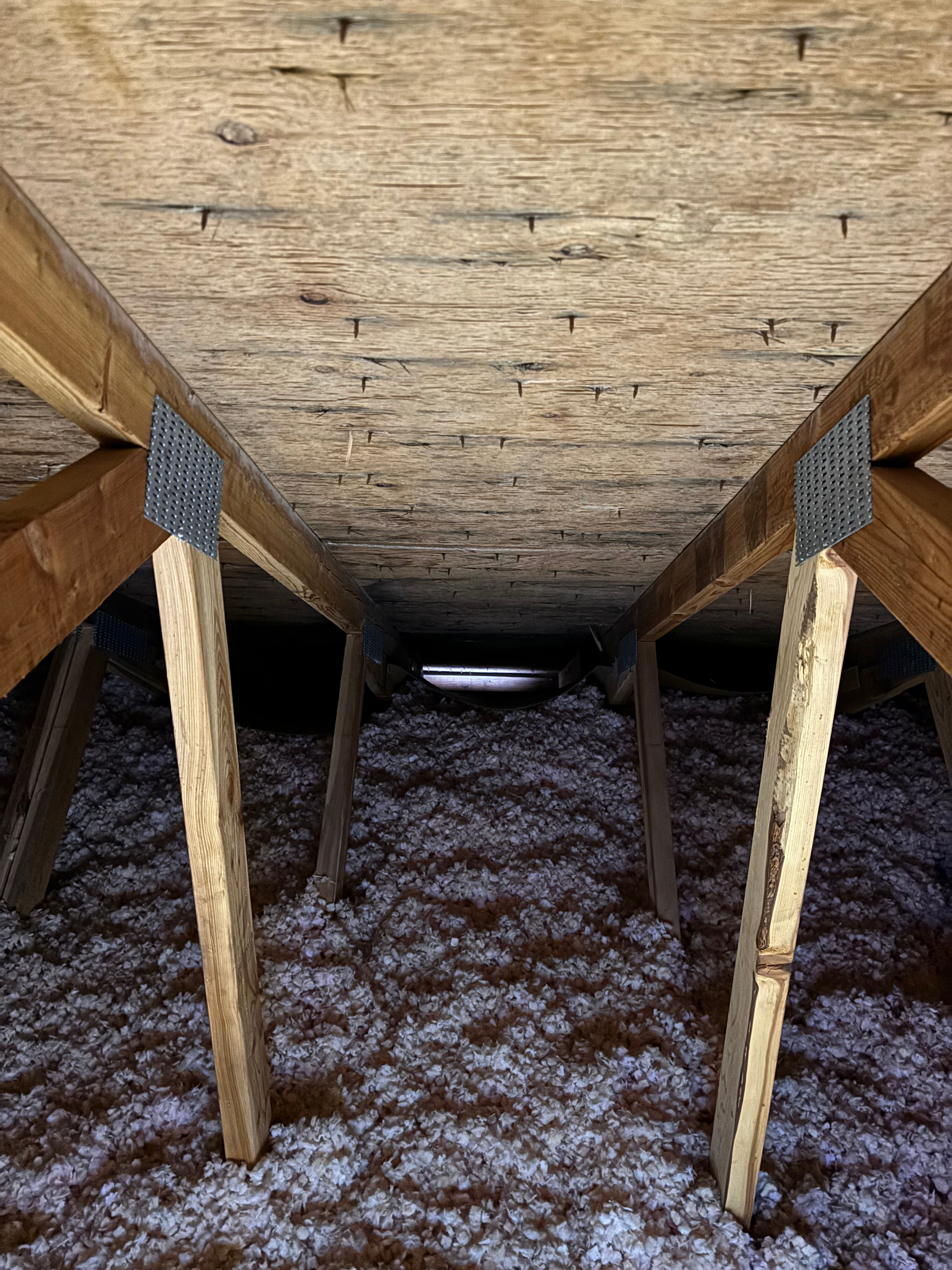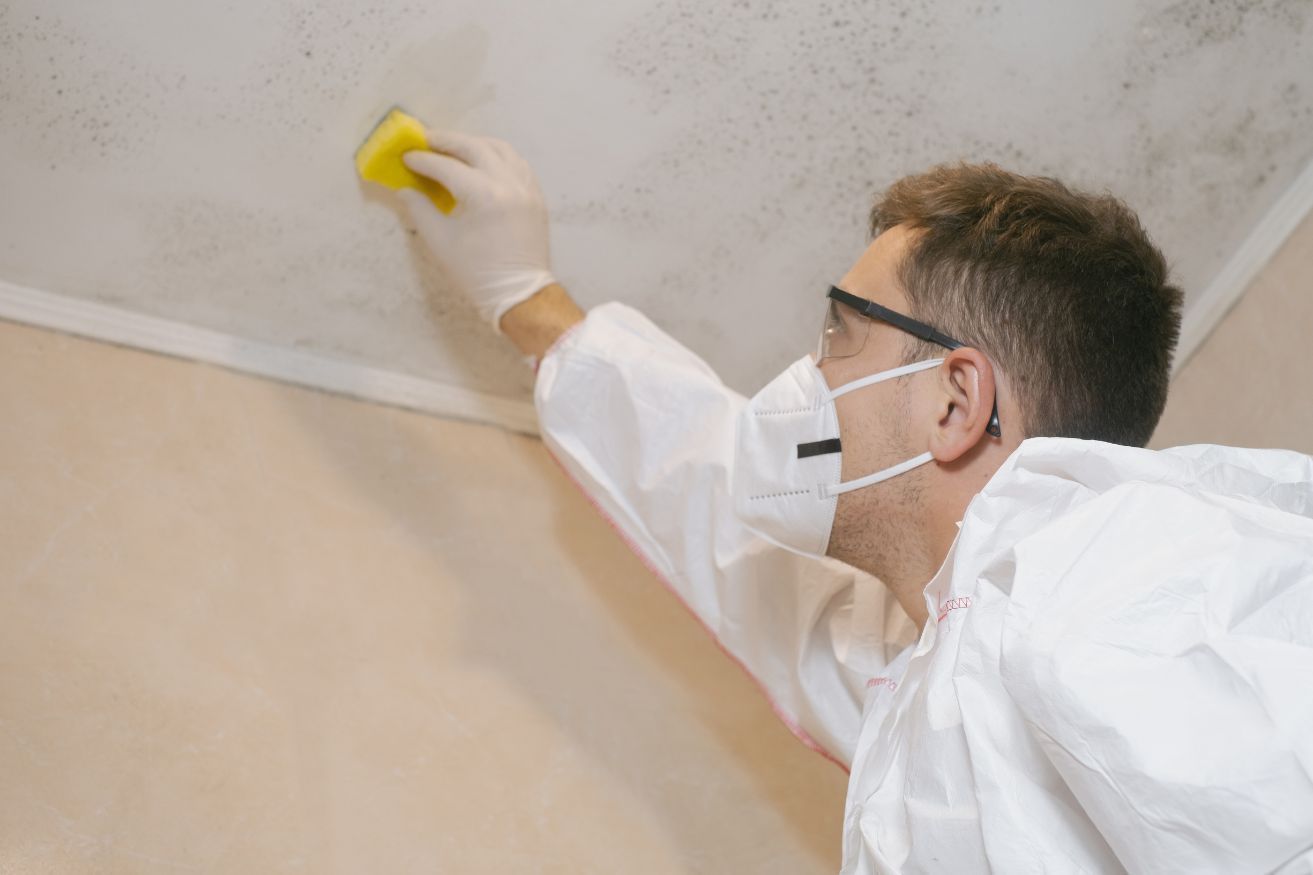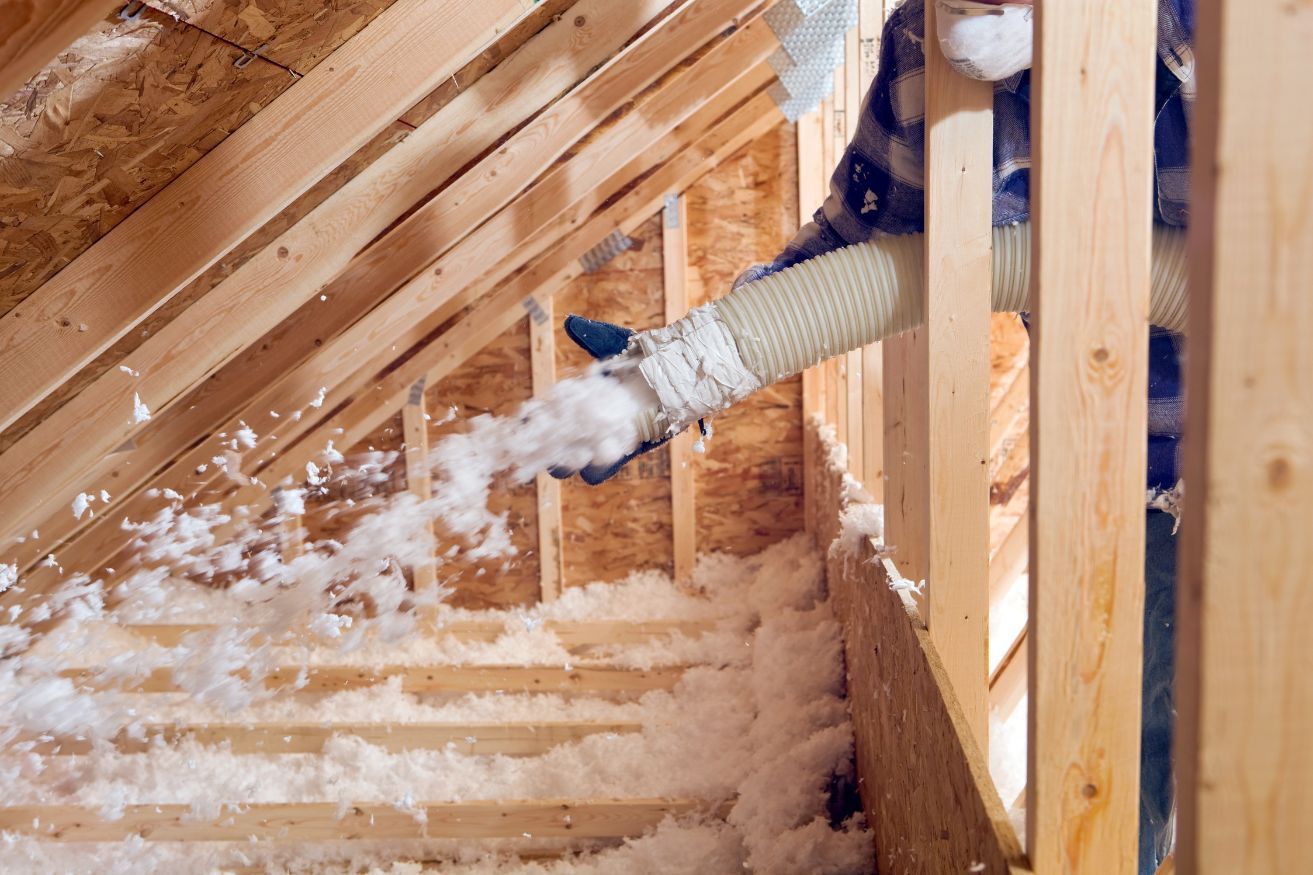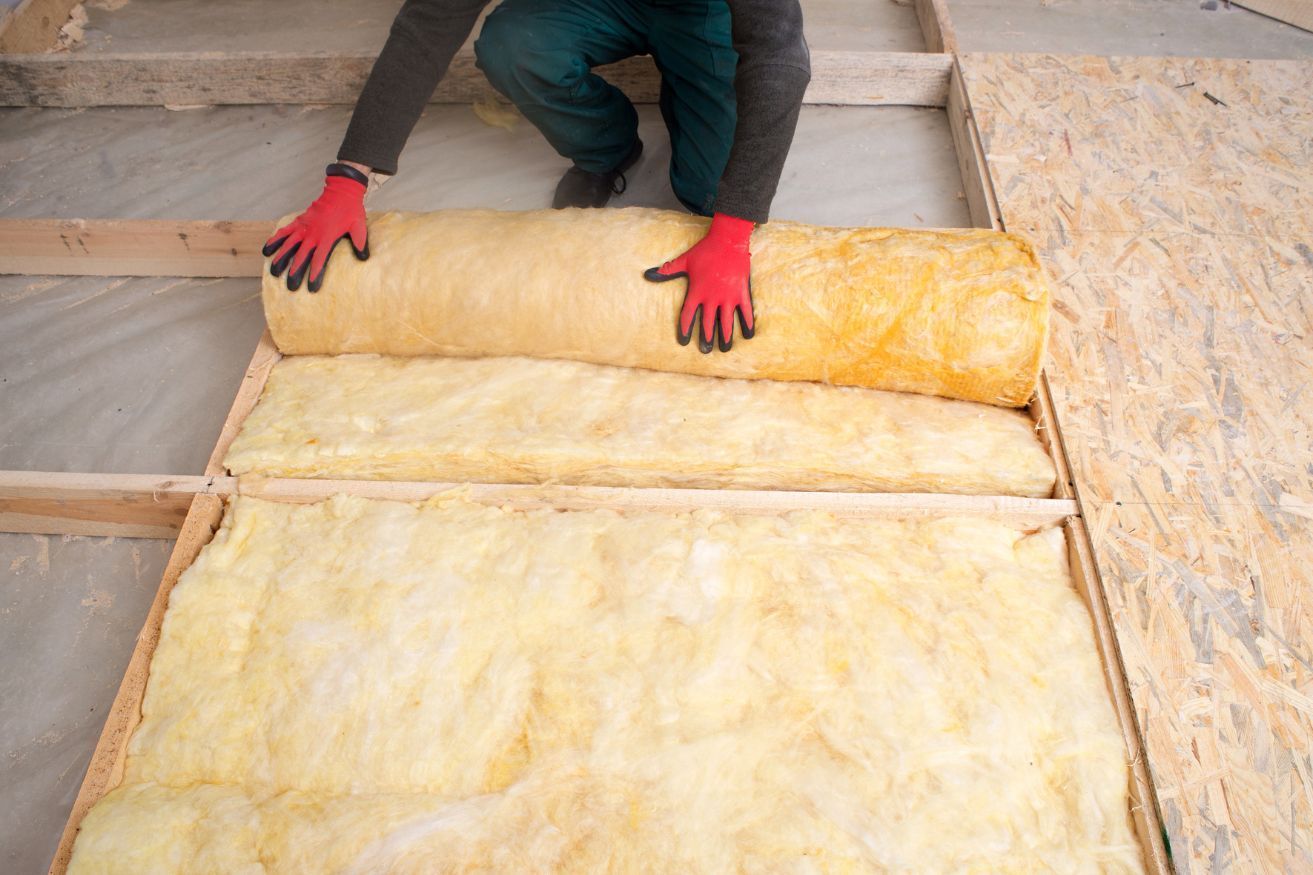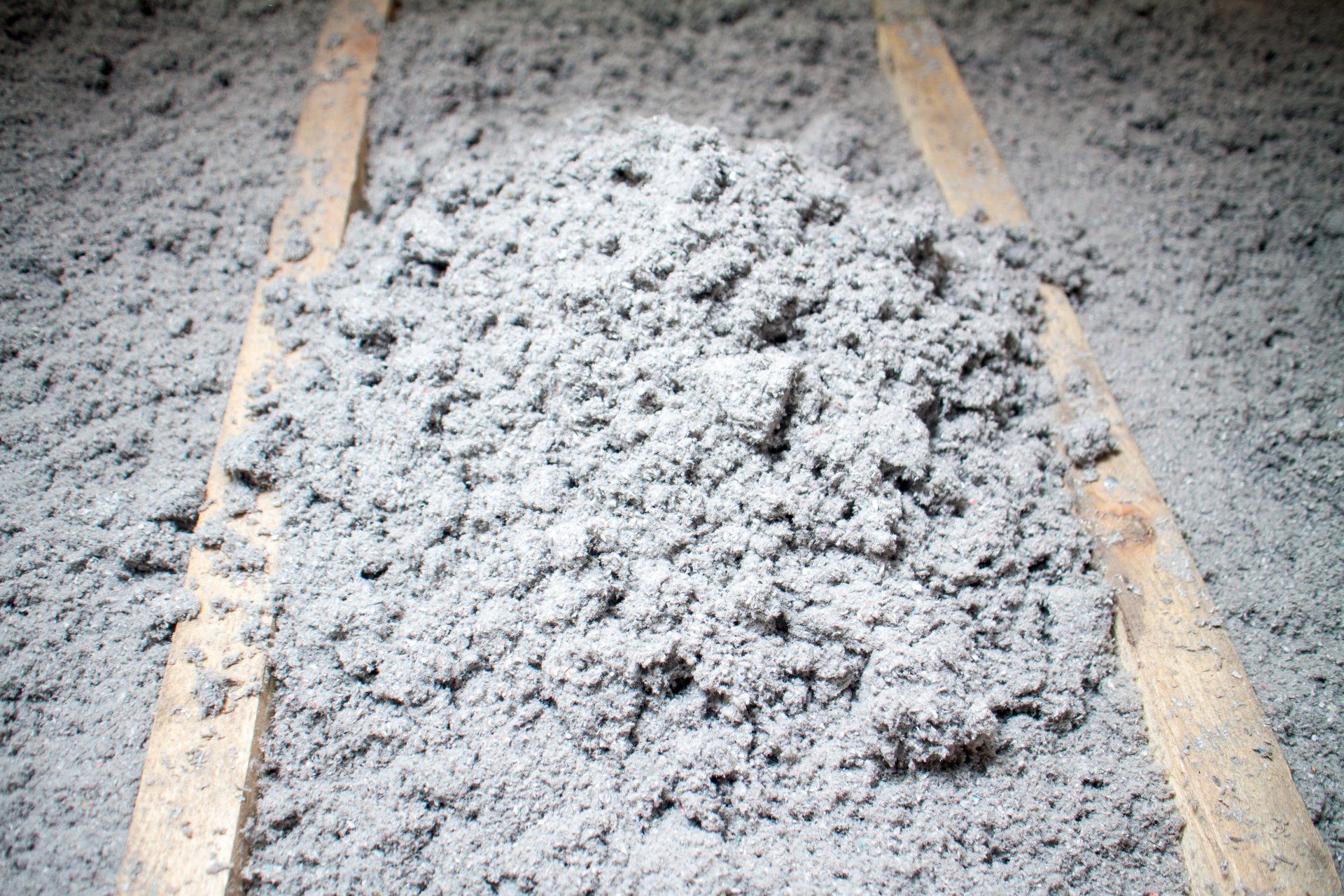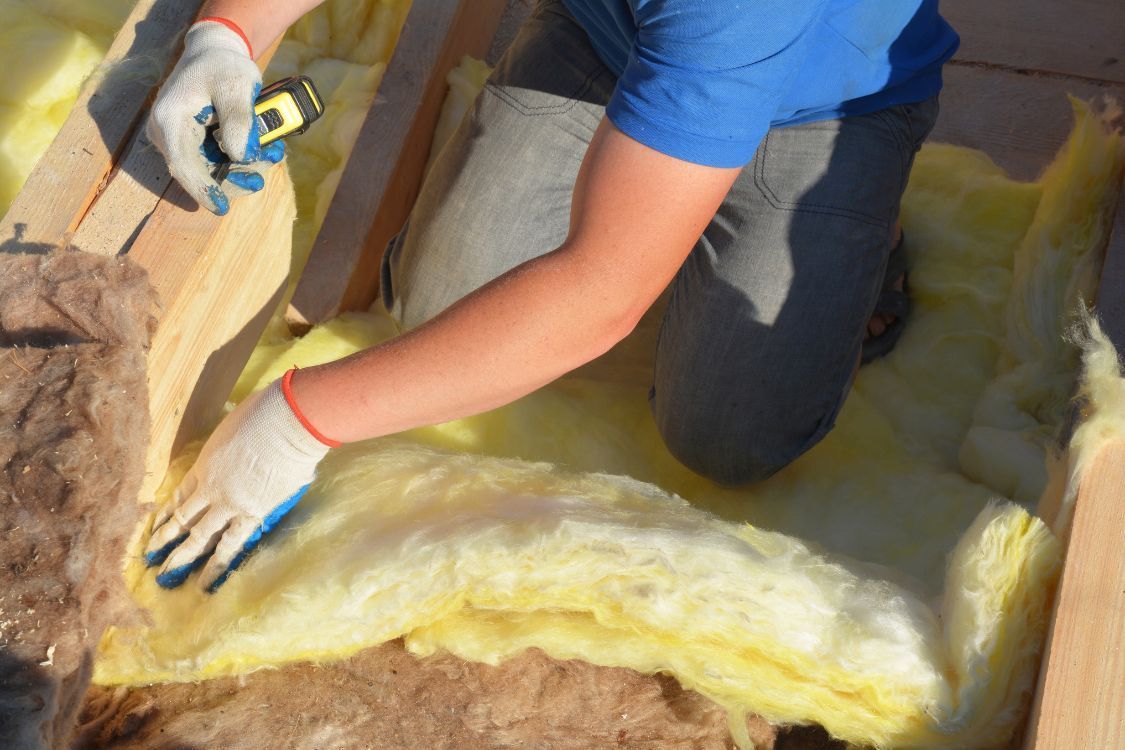Preventing Mold Growth in Attic: Tips & Solutions
What causes mold to grow in the attic
Mold is a type of fungus that reproduces by releasing spores into the air. These spores can settle and grow on various surfaces if the conditions are right. The attic, with its combination of heat, humidity, and organic materials such as wood and insulation, provides an ideal environment for mold to thrive. The dark and often neglected nature of attics further exacerbates the problem, as it allows mold to grow unchecked for extended periods.
Moisture is the most critical factor in mold growth. In an attic, moisture can come from several sources:
- Roof leaks: Damaged or missing shingles can allow water to seep into the attic, creating the perfect breeding ground for mold. Even minor leaks can lead to significant moisture buildup over time, contributing to mold proliferation.
- Poor ventilation: Without adequate airflow, moisture from the house can accumulate in the attic. This stagnant air traps humidity, creating an environment ripe for mold growth.
- Condensation: Warm air from the living space can rise into the attic, where it cools and condenses on cold surfaces, adding moisture to the environment. This process is particularly common during colder months when indoor heating is in use.
Mold also requires warmth and a food source to grow. Attics, especially in warmer climates, can become quite hot, providing the ideal temperature for mold. The fluctuating temperatures in attics, from warm in the summer to cooler in the winter, can cause moisture to condense, further facilitating mold growth. The wood and insulation materials commonly found in attics serve as excellent food sources for mold to thrive on. Additionally, dust and debris that accumulate in the attic can also provide nutrients for mold, making regular cleaning an essential preventative measure.
Mold in the attic can go unnoticed for a long time, so it's crucial to recognize the signs early. Some common mold symptoms include:
- Musty Odor: A persistent musty smell in the home can be a sign of mold in the attic. This odor often seeps down into the living areas, alerting homeowners to the presence of mold even if it's not visible.
- Discoloration: Look for black, green, or white spots on the wood, insulation, or other materials. These spots can vary in size and may appear fuzzy or slimy, depending on the type of mold.
- Health Issues: Mold can cause respiratory problems, allergic reactions, and other health issues in sensitive individuals. Symptoms can include sneezing, coughing, skin rashes, and in severe cases, respiratory infections.
Preventing mold growth in the attic involves controlling moisture levels, ensuring proper ventilation, and conducting regular inspections. Taking these steps can save homeowners from costly repairs and potential health issues.
Ventilation plays a crucial role in maintaining a dry attic environment. Adequate ventilation allows moisture to escape and prevents it from accumulating. Ensure that soffit, ridge, and gable vents are not blocked and are functioning correctly. Installing additional vents or an attic fan can also help improve airflow. Regularly checking and cleaning vents is vital to ensure they are not obstructed by debris or insulation, which can hinder their effectiveness.
- Fix Leaks: Regularly inspect the roof for damage and repair any leaks promptly to prevent water intrusion. This proactive maintenance can prevent small issues from becoming significant problems.
- Seal Gaps: Seal gaps around light fixtures, plumbing, and ductwork to prevent warm, moist air from entering the attic. Properly sealed gaps also improve energy efficiency by preventing heat loss.
- Use Dehumidifiers: In humid climates, using a dehumidifier in the attic can help maintain a dry environment. Dehumidifiers can be particularly useful during the summer months when humidity levels are at their peak.
Proper insulation and air sealing can help prevent warm air from escaping into the attic. This reduces condensation and keeps the attic temperature stable. Insulation should be installed without blocking vents, and air sealing should be applied to all potential leakage points. Additionally, choosing the right type of insulation can enhance moisture control, as some materials are more resistant to mold growth.
If mold is already present in the attic, it's essential to address the issue promptly to prevent further damage and health risks. Depending on the severity of the mold growth, you can either tackle the problem yourself or hire a professional mold remediation service.
For minor mold issues, you can use a spray for mold in the attic, available at most hardware stores. These products typically contain fungicides that can kill mold spores. When using these products, wear protective gear, such as gloves and a mask, to avoid exposure. It's also important to follow safety guidelines to prevent the spread of mold spores during the cleaning process.
- Ventilate the Area: Open windows and doors to provide ventilation while treating the mold. This reduces the concentration of airborne spores and protects indoor air quality.
- Apply Mold Spray: Follow the instructions on the product label and apply the mold spray to the affected areas. Ensure even coverage to maximize the effectiveness of the treatment.
- Scrub Surfaces: Use a brush to scrub the moldy surfaces thoroughly. This physical action helps to remove mold colonies and prevent regrowth.
- Rinse and Dry: Rinse the treated areas with water and ensure they are completely dry to prevent re-growth. Using fans or dehumidifiers can speed up the drying process.
For extensive mold infestations or if you're unsure how to proceed, hiring a professional mold remediation service is the best course of action. Professionals have the expertise and equipment to safely and effectively remove mold from your attic. They can also provide valuable advice on preventing future mold growth and assess the structural integrity of your attic post-remediation.
Buying a house with mold in the attic can be a risky decision, as it may lead to costly repairs and health issues. Before making a purchase, consider having a professional inspection to determine the extent of the mold problem and the cost of remediation. If the mold issue is minor and can be easily addressed, it might not be a deal-breaker. However, extensive mold damage could indicate underlying structural issues and should be approached with caution. It's crucial to weigh the potential investment in mold remediation against the overall value and condition of the property.
Mold growth in the attic is a common issue that can be prevented with proper knowledge and proactive measures. By understanding the causes of mold, recognizing mold symptoms, and implementing effective attic mold prevention strategies, you can keep your attic mold-free and ensure a healthy home environment. Remember, maintaining good ventilation, controlling moisture, and conducting regular inspections are key to preventing mold growth in your attic. Being vigilant and responsive to early signs of mold can save you time, money, and stress in the long run, ensuring your home remains a safe and comfortable place for you and your family.
